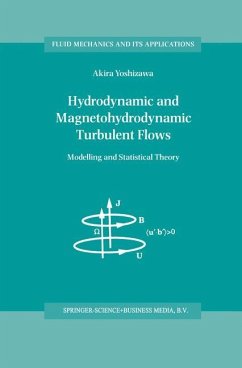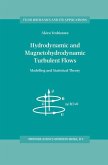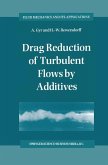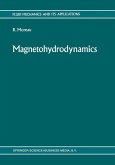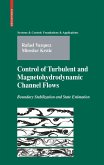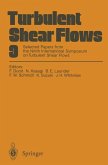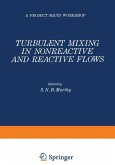TUrbulence modeling encounters mixed evaluation concerning its impor tance. In engineering flow, the Reynolds number is often very high, and the direct numerical simulation (DNS) based on the resolution of all spatial scales in a flow is beyond the capability of a computer available at present and in the foreseeable near future. The spatial scale of energetic parts of a turbulent flow is much larger than the energy dissipative counterpart, and they have large influence on the transport processes of momentum, heat, matters, etc. The primary subject of turbulence modeling is the proper es timate of these transport processes on the basis of a bold approximation to the energy-dissipation one. In the engineering community, the turbulence modeling is highly evaluated as a mathematical tool indispensable for the analysis of real-world turbulent flow. In the physics community, attention is paid to the study of small-scale components of turbulent flow linked with the energy-dissipation process, and much less interest is shown in the foregoing transport processes in real-world flow. This research tendency is closely related to the general belief that universal properties of turbulence can be found in small-scale phenomena. Such a study has really contributed much to the construction of statistical theoretical approaches to turbulence. The estrangement between the physics community and the turbulence modeling is further enhanced by the fact that the latter is founded on a weak theoretical basis, compared with the study of small-scale turbulence.
Hinweis: Dieser Artikel kann nur an eine deutsche Lieferadresse ausgeliefert werden.
Hinweis: Dieser Artikel kann nur an eine deutsche Lieferadresse ausgeliefert werden.
`... I consider this book a valuable introduction to a class of statistical turbulence theories. It is also an interesting discussion of magnetohydrodynamic turbulence. As such, it has a place on the shelves of advanced researchers in the field.' AIAA Journal, 38:3 (2000) `... I found this book very good. It provides an in-depth survey of recent advances in the field of statistical-theoretical turbulence modelling ... this is a valuable source for postgraduate students, physicists, geophysicists and engineers interested in learning about turbulence theory and its limitations.' Pure Applied Geophysics, 157 (2000) `... a brave attempt to cover a horribly difficult field ...' Journal of Fluid Mechanics, 469 (2002)
`... I consider this book a valuable introduction to a class of statistical turbulence theories. It is also an interesting discussion of magnetohydrodynamic turbulence. As such, it has a place on the shelves of advanced researchers in the field.'
AIAA Journal, 38:3 (2000)
`... I found this book very good. It provides an in-depth survey of recent advances in the field of statistical-theoretical turbulence modelling ... this is a valuable source for postgraduate students, physicists, geophysicists and engineers interested in learning about turbulence theory and its limitations.'
Pure Applied Geophysics, 157 (2000)
`... a brave attempt to cover a horribly difficult field ...'
Journal of Fluid Mechanics, 469 (2002)
AIAA Journal, 38:3 (2000)
`... I found this book very good. It provides an in-depth survey of recent advances in the field of statistical-theoretical turbulence modelling ... this is a valuable source for postgraduate students, physicists, geophysicists and engineers interested in learning about turbulence theory and its limitations.'
Pure Applied Geophysics, 157 (2000)
`... a brave attempt to cover a horribly difficult field ...'
Journal of Fluid Mechanics, 469 (2002)

